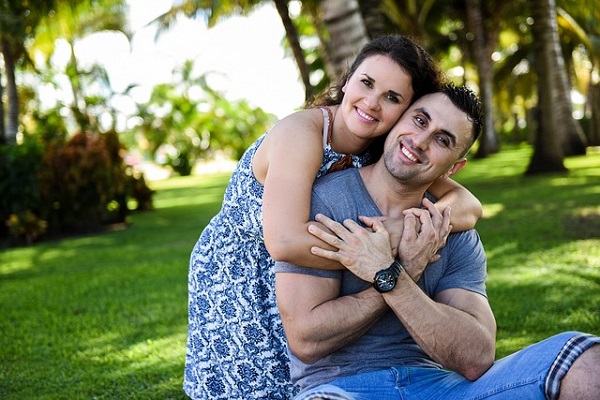It’s Valentine Day. Yet again.
The philosopher Socrates articulated that love is not lacking in anything — it is much more than approximation, also proximal to yearning and, therefore, not fixated with itself. He expressed, no less, that love does not possess, notwithstanding its plethora of beautiful things, including wisdom, and of everything that is divinely, also exquisitely good.
Love encompasses the mind and heart, all right — it is the epitome of romance that permeates the universe. That the science of attraction and romantic love holds a certain biological element to courtship is passé. This ensures and also propagates the survival of our species.
You’d now delve into a fascinating context that is not confined to just romantic novels, or movies — from Hollywood to Bollywood. It is no rocket science either — the fact, as you may argue, is men are by instinct mesmerised by beautiful, resilient women endowed with natural, also dazzling physical attributes. On the other side of the spectrum, most women have a proclivity too for men who ‘present’ with ‘alpha’ attributes — in simple terms, the ability to hold sway over their peers and celebrate that ‘X factor.’ You’d think of a simile to bring home the point — a middle-aged successful professional is as attractive to women as a young, handsome, but less prosperous, guy.
There is something called the ‘exchange’ theory of ‘mate selection.’ Men tend to select mates who are more, or less, their equals. The reason is simple — one often chooses a potential partner on the basis of history, viz., background, financial standing, physical appeal, community bearings, and personality. The other credo relates to what is labelled as ‘persona’ theory, or how a prospective suitor ‘ups’ their own self-confidence — a significant feature in mate preference.
It is a given that there are two facets to such a ‘rainbow synthesis.’ The ‘persona’ theory contends that most folks opt for a companion who has the potential to boost one’s self-image. There’s enough reason for one to subscribe to the idea, thanks to our collective experience. Do we not, likewise, dread, despite our good standing, or self-worth, to be knocked down in our own self-esteem at some point — be it a sudden setback, or disapproval of others around?
The two theories are, of course, not all-encompassing. They are primarily a possibility construct. This brings us to the question: what provides the ‘ammo’ for romantic love? Or, why couples ought to have balancing attributes? The more cogently we examine the idea of romantic allure, the more flawed our theories appear to be. Just think of it — any emotional dent, small or big, for example, can impair the relationship for either partner.
It is not that the idea of failure implies a ‘botched’ romance — it may happen to just about anyone, in spite of one’s best intentions. It is all part of the initiative called love, or ‘bonding,’ through which you want to grow, expand, and live with for the rest of your life — provided the other person is just as willing and equally accommodative.
This brings us to yet another element — the puzzling component called romantic ‘pull.’ Here’s a classical example. You’d have met dozens of people who were physically gorgeous to grab your attention. The moment you leisurely sieve the ‘list,’ you will be able to recall just a handful, who would have provided you ‘face equity’ comparable to — or, higher than — your own estimation. This provides adequate grist to the concept that most of us are, or have been, profoundly attracted to only a few, select individuals. The best, also the amusing, part is the few that you have been captivated with would bear a similarity to one another — most often, convincingly. This isn’t all. When you contemplate about the personality traits of people you’d have genuinely thought as being good, potential mates, or make a ‘catalogue’ of their primary individual qualities, you would be amazed to discern more than a load of positives, and, most remarkably, just as many ‘flawed’ characteristics.
You’d, therefore, ask: how does this ‘fusion’ complement our perception of romantic allure? The answer is simple and also profound. Most people appear to be exceedingly finicky in their choice of mates. In fact, they may also be on a discerning quest, also mission, for the ‘one and only’ ideal companion, or spouse, with a precise set of positive, but not ‘two-many’ negative, qualities — to live life fully, while intuitively being optimistic in savouring that full measure of everlasting romantic and marital happiness in the individual one was first attracted to.

